Fiji travel tips: Highlights, sights and the best things to do
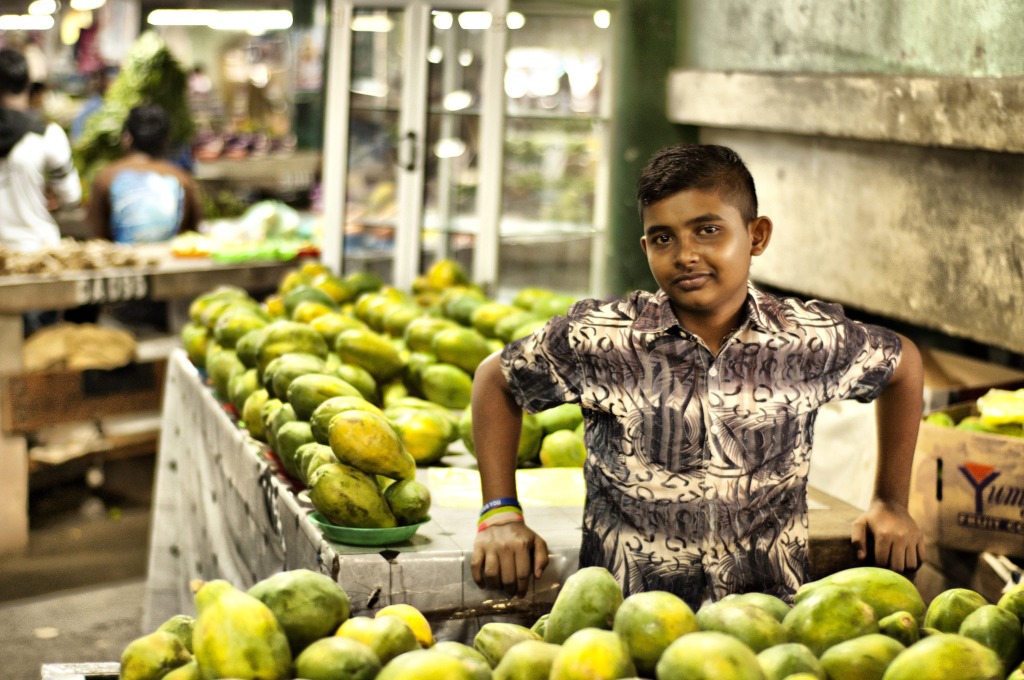
Fiji conjures up images of blue sea, white beaches and the wide smiles of Fijians, greeting you at the airport with “Bula!” and a garland. Fiji is also the many backpackers who flock here after their working holiday in Australia or New Zealand looking for a piece of quiet paradise; it’s the honeymooners holing up one of the many resorts for two weeks. Fiji is like a mini India and the South Pacific, big city traffic and lost island paradise, a successful combination of spectacular waves and strong drinks. This small island paradise may seem far away, but as soon as you are there, you’re closer than ever before.
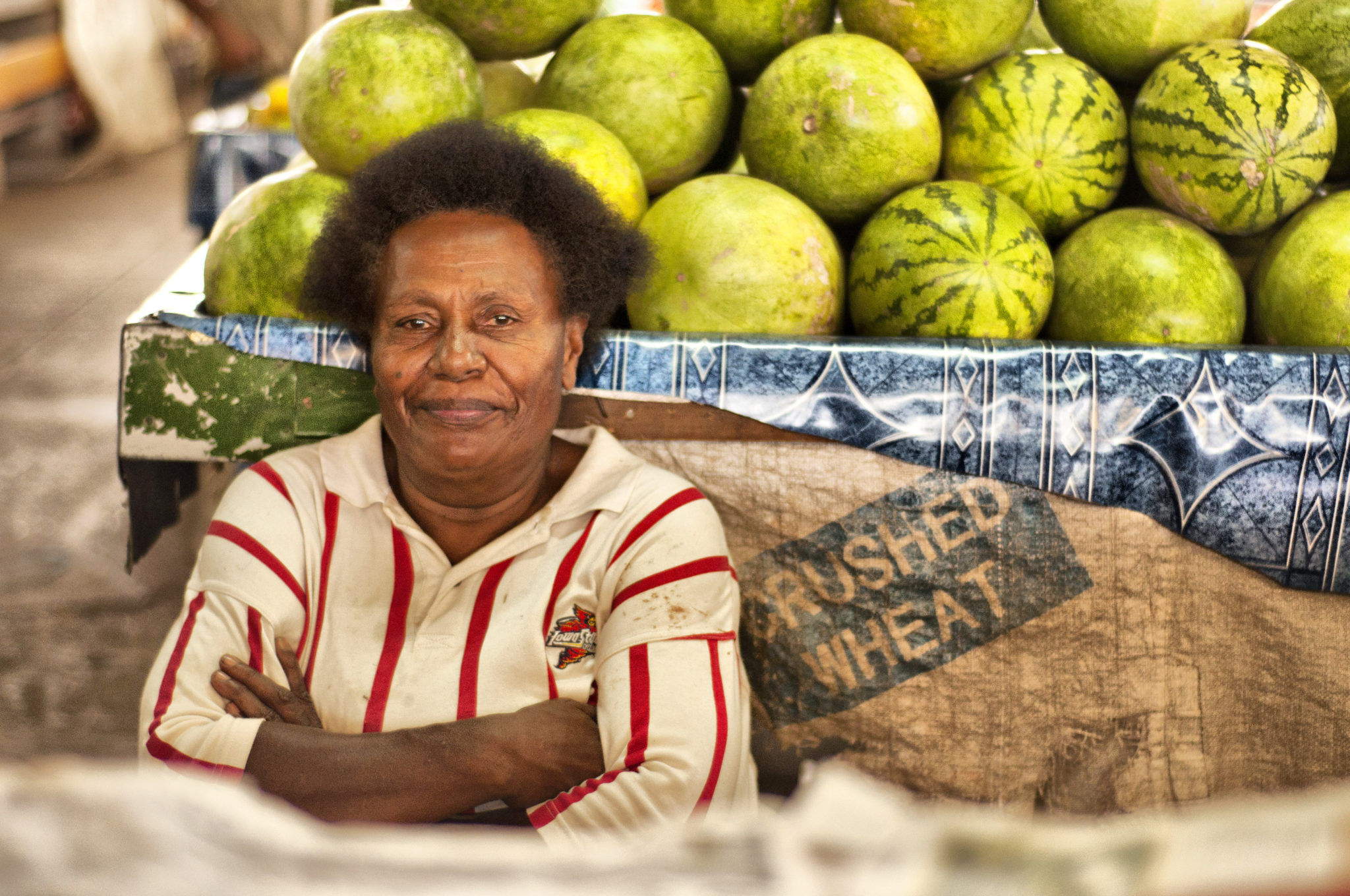
Highlights in Fiji: What to see and do?
The isolated island groups of Fiji are officially called the Republic of Fiji, located in the South Pacific between eastern Australia and northern New Zealand. There are 332 islands in the archipelago, 100 of which are inhabited. The two biggest are called Viti Levu and Vanua Levu. The islands have a volcanic history, meaning there are lots of coral reefs around the smaller islands. The island of Rotuma also belongs to Fiji, even though it lies outside the archipelago.
Viti Levu
For many travellers, Nadi isn’t just the gateway to Fiji, but the starting point of a trip around Viti Levu. The biggest island in the country has the two cities of Nadi and Suva. It also has abandoned villages, unspoilt nature that can be seen on the Biauvesu Trek and different people with different stories to tell.
Island Hopping
Fiji may seem like the perfect place to island-hop, but sadly the high prices make it difficult for most travellers. There are a few companies, like Awesome Adventures or Feejee Experience, that offer guided island-hopping packages. Most of the money from this goes to the resorts cooperating with the company. One alternative is to focus on one or two islands, or many individual ones on your own. NB: Many islands have the name of the resort or resorts located on them.
Quick island guide:
- Vanua Levu: The second biggest, north of Viti Levu
- Mamanuca Islands: Near Denarau Hafen, known for water sports and entertainment – backpacker’s paradise
- Taveuni: Nicknamed “Garden Island”
- Yasawa Island: Most resorts here are run by families, making it an authentic and warm experience for island-hopping
- South Sea Island: Good for snorkelling and diving
- Waya Lailai: Jungles and mountains, good for those with an active or climbing streak
- Korovou: Abandoned snorkelling paradise
- Coral View: Good snorkelling
- Manta Ray: Beautiful coral reef
- Beachcomber: The party island

Surfing
Fiji is a surf mecca. The giants of the South Pacific meet here every year for the Rip Curl Pro competition on the island of Namotu. Thanks to the current from the Tasmanian Sea, waves are surf-friendly all year round – best for advanced surfers, however, since most spots are reef breaks and can be dangerous to those who don’t know their way. The rainy season between December and February is great for beginners, as waves are smaller – especially at Natadola Beach near Nadi, where you can take surfing lessons. March to November is best for surf pros. The government has now made the waves of Fiji accessible to all; once, only guests could “use” the waves. The real surfer paradise is in the Mamanuca Islands, including Namotu and Tavarua. Swimming Pools, Cloudbreak, Restaurants and G-Land are the best spots, not far from Namotu Island Beach Resort. Viti Levu has its share, too: Sigatoka Beach, Sigatoka Rivermouth or Hideaways, as well as Frigates Passage on Beqa Island.
Diving & Snorkelling
All of Fiji is a true underwater paradise; the water is clear, beaches are white and everything looks too idyllic to be true. Then there is the soft coral, so colourful that it could be an underwater still life. Diving and snorkelling is possible on almost every corner of Fiji. Beqa Island is the best place – thanks to its government-run Shark Reef Marine Reserves, there are lots of shark dives on offer. Beqa is surrounded by just about 200km of reef. The Yasawa and Mamanuca string of islands are like a real life aquarium once you get underwater. The reef around Taveuni has the very best diving experience, along the 30km-long Rainbow Reef that lies on the Somosomo Strait between Taveuni and Vanu Levu. Even beginner divers have their place – there are dives where the basics are explained and you can go up to 15m deep – just enough to fall in love with it.
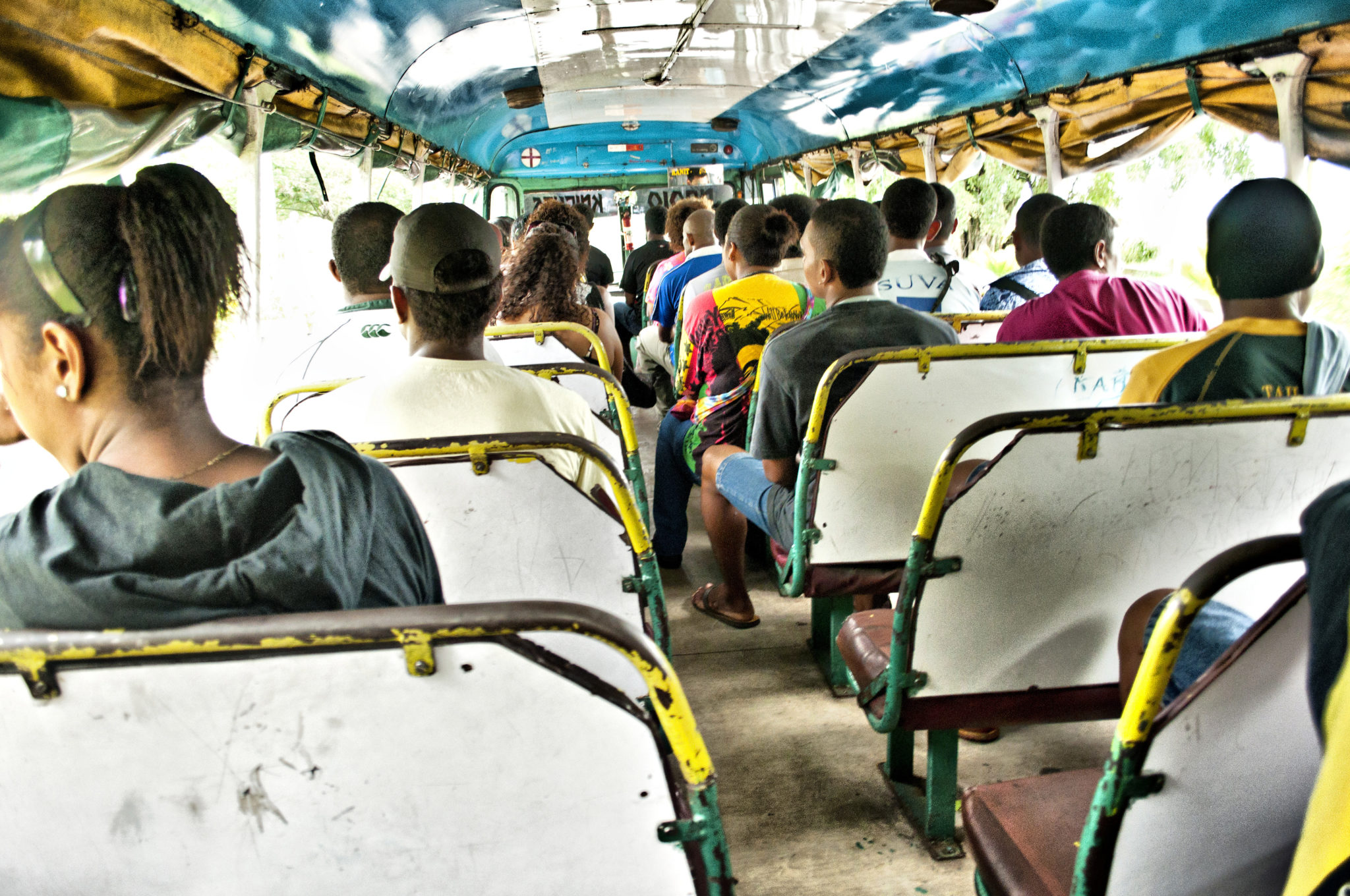
Arrival
The main international airport for the beginning of a Fiji travel trip is Nadi International Airport, on the island of Viti Levu. There are also flights to Suva, the capital. The easiest starting points to get to Fiji are Australia, New Zealand, Korea, Los Angeles or Hawaii.
For UK travellers the best option to get to Fiji would be with British Airways from London via Hong Kong, from where the flight continues with Fiji Airways to Nadi. Alternatively, Qantas Airways connects London with Nadi via Dubai and Brisbane. For travellers coming from the USA Fiji Airways probably offers the best routes and fares: direct flights are existent from Los Angeles and San Francisco to Nadi.
Entry and visa regulations
Entry into Fiji requires a passport valid for six months. A tourist visa is obtainable on arrival – for American and British travellers, this is valid for four months. However, proof of a return ticket, accommodation and sufficient funds are required upon arrival. On departure, you must pay a fee of 30 FJD.
If you are on a Fiji travel trip from any other country than the ones mentioned above, please refer to the visa information given by your country’s authorities.
Language
Fiji has three official languages: Fijian (part of the Austronesian Malayo-Polynesian family), English, and Fiji Hindi (spoken by Indian Fijians). English is everywhere in the islands, as this is the language of most schools as teaching materials comes from Commonwealth countries. In more rural areas, getting by with English is harder. Around 50% of the country’s population are indigenous, speaking the Fijian language. The other half is of Indian heritage with Fijian nationality, but do not have the same rights as the indigenous people. Dialects of Fijian vary from region to region.
Hello – Bula!
Please – Yalo vinaka/kere-kere
Thank you – Vinaka
Yes – io
No – sega (pronunciation: senga)
Bye – moce (pronunciation: moh-tee)
How much is a coconut? – Vidah oqo niu? (pronunciation: wiedah ongo nyu?)
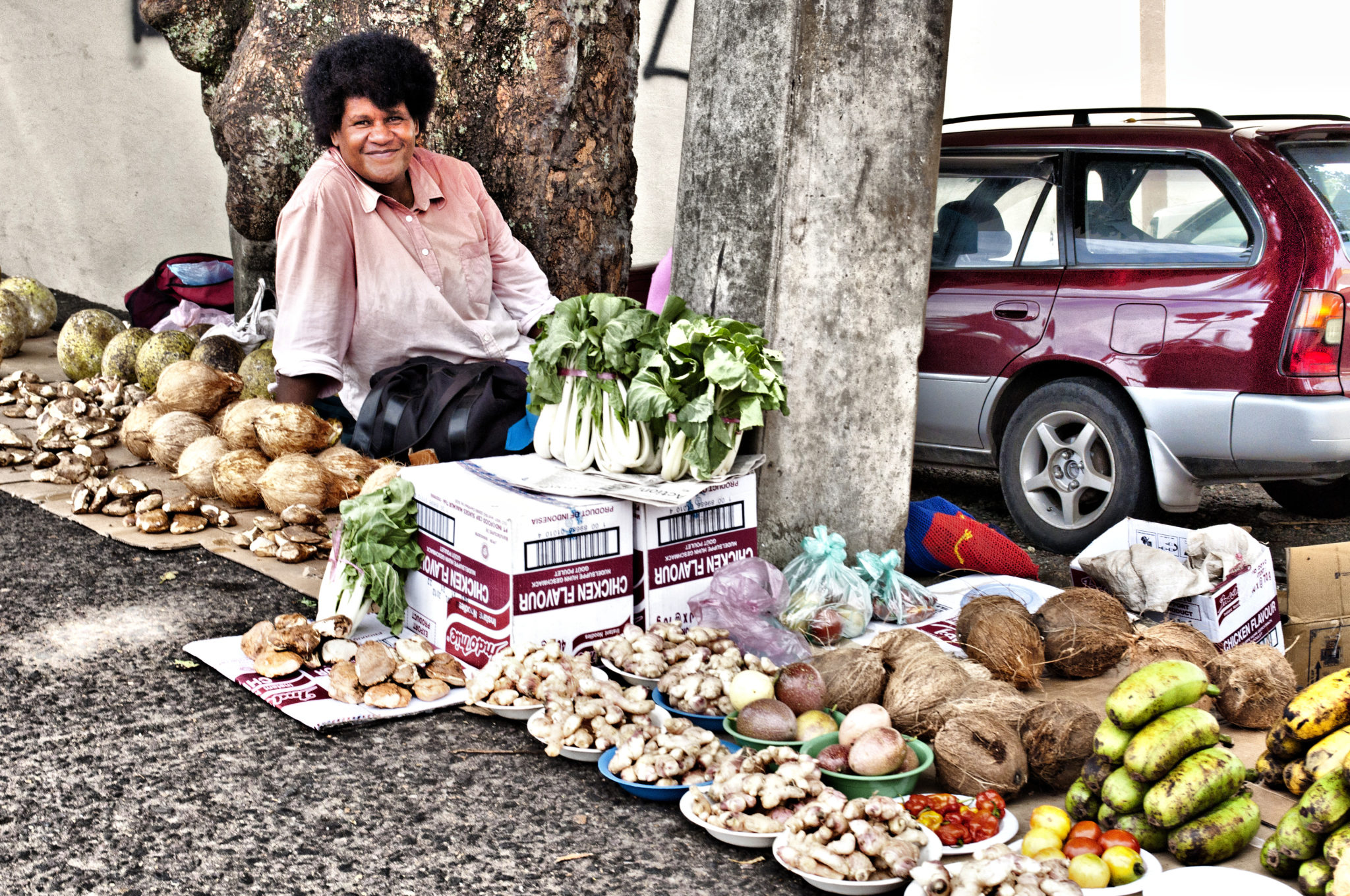
Best time to travel
Valid Fiji travel tips concerning the travel time: April and October are the best times to go to Fiji. During summer in the southern hemisphere (April to November), it is very humid. There is also heavy rainfall during this time and there can even be tropical storms. The Fiji islands enjoy temperatures between 23-27°C all year round. Prices are 10-20% higher in December to January and June to September because of holiday periods in Australia and New Zealand.
Currency
Fiji’s currency is its own dollar (FJD).
Credit Cards
Money can be withdrawn easily with the usual credit cards in urban areas. Also, large hotels and modern restaurants accept payment by credit cards.
ATMs
ATMs are scarce in Fiji. There are a few in Nadi and within large hotels. However, sometimes the machines are empty as there are simply not enough on the islands. Plan ahead!
EC card
Leave your EC card at home as it is not accepted for payment or withdrawal at any of the few ATMs.
Money change
Changing bureaus are located in Nadi. However, since fees are high, bring some cash for yourself and rather change the money before travelling to Fiji – NZ and Australian Dollars are accepted too.
Hotel tips
Most hotels in Fiji are luxury resorts with corresponding prices. There are also simple but clean and well-equipped backpacker lodges, mostly on Viti Levu. It is best to book this before arrival, as travel agencies often book these up in bulk.
Safety regulations
A Fiji travel trip is a safe way of going on a holiday, as it will not put you in real danger. However, common sense should always be applied, especially in the cities of Nadi and Suva – don’t leave valuables unattended, etc. The general emergency number is 911.
As a traveller, you must respect local customs; if you find yourself outside the resort, wear appropriate clothing. Those who want to visit Fijian villages on their own should stock up on kava, offer it to the village chief on arrival and gently ask if you may visit. You will mostly be invited in. There are a few taboos, such as head coverings and touching the head of others. If you pass somebody too closely, you should apologise (tulou). If you follow the lead of the local inhabitants, you are unlikely to go wrong. Bring flour or sugar, or even souvenirs from back home, and you are sure to make friends.
Please take note of the current travel and safety advice and refer to the federal offices’ recommendations.

Public transport
Flights
There are two domestic airports in Viti Levu – Nadi and Nausori (Suva). There are flights to Vanua Levu, Kadavu, the Lau islands, etc. Those who want to go somewhere quickly can take Fiji Airways from Viti Levu to the other islands.
Bus
A Fiji travel trip is ideal for individual travellers. It has a well-structured bus network, connecting large towns on islands like Viti Levu. Most buses have no windows due to the climate, creating a real Fijian experience. The buses have no scheduled times. Stand on the edge of the road and wave to stop the bus and get in.
Taxi
Taxis are everywhere in Fiji – it’s just a matter of negotiation. Ask in the hotel how much a certain journey costs beforehand to get a rough idea. It is best to have exact money as drivers often do not have change. For longer trips, agree on a price with the driver and let him wait at the individual stops instead of hailing another taxi.
Rental car
Cars can be rented at Nadi Airport on arrival. The speed limit on the islands is 80km/h, while in villages it is 50km/h.
Ferry and ship
Most resorts in Fiji offer transfers to get there, especially in the Mamanuca and Yasawa islands. Ferries only go to Ovalau, Vanua Levu, Taveuni and Kadavu, but not on a regular basis. Allow plenty of time to enjoy the sun.
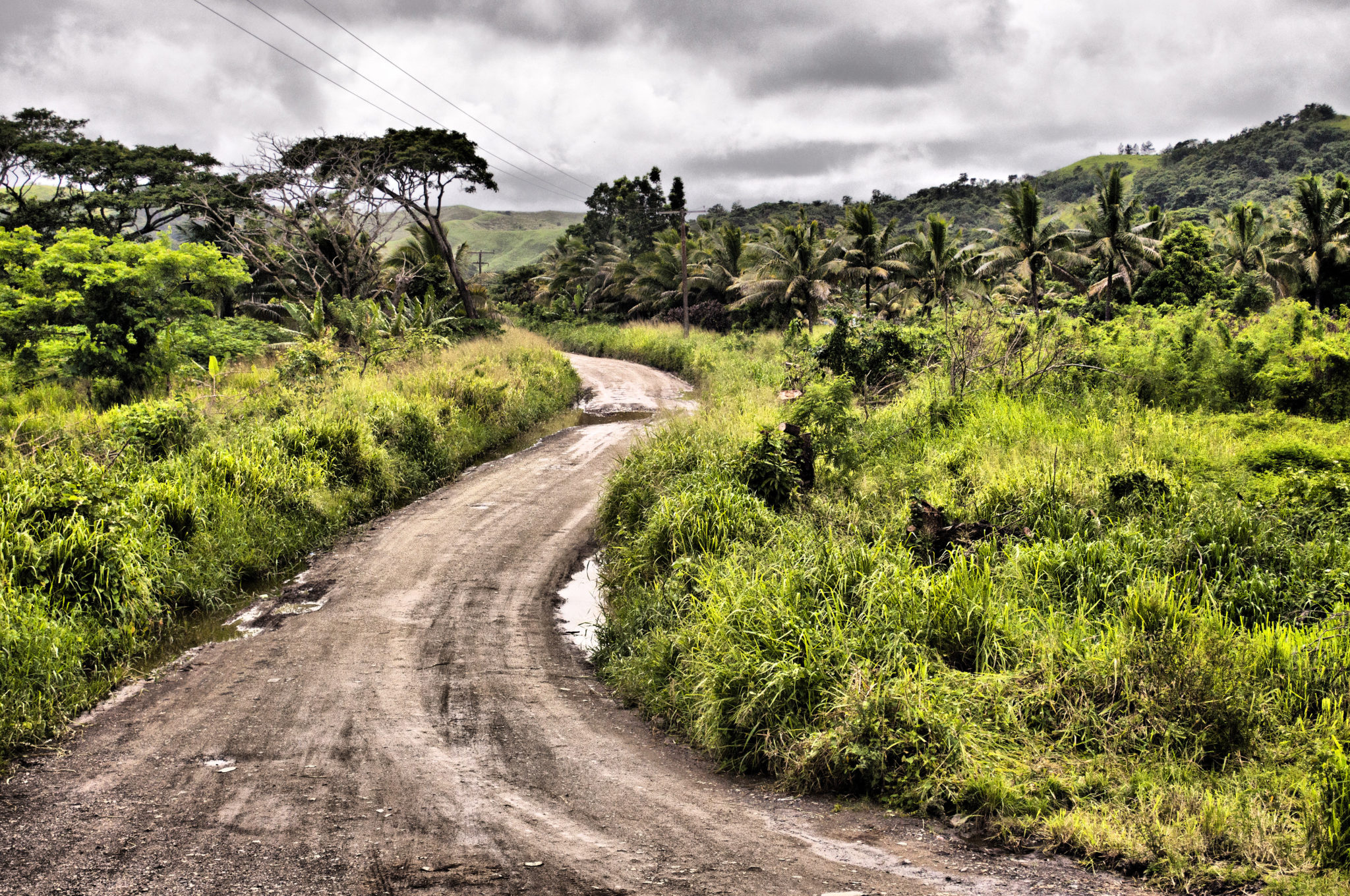
Religion
The dominant religion in Fiji is Evangelism (55.4%), which includes Methodists, Assembly of God, Seven Day Adventists and Anglicans. The second biggest religion is Hinduism, making up 27%. Muslims make up 6.3%, 0.3% are Sikhs and 10.4% belong to smaller churches. Due to Christian missions, less than 0.3% of the Fijian population follows traditional Melanesian and Polynesian religions.
Health advice
No special vaccinations are necessary to go on a Fiji travel trip, although it is recommended to have the standard ones against hepatitis B, typhus and rabies for longer trips. Medical care in Fiji is guaranteed.
Since 2013, there have been mass dengue fever outbreaks in the Western, Central and Northern Divisions, as well as chikungunya fever in 2014. Both are carried via infected mosquitoes. Only mosquito repellent sprays work against this, as well as long clothing as it gets darker outside.
Diarrhoea is common in Fiji, but is nothing out of the ordinary. Avoid drinking the local water and stick to boiled, fried and steamed meals.
Please refer to the site of the WHO for detailed health information for the designated travel destination.
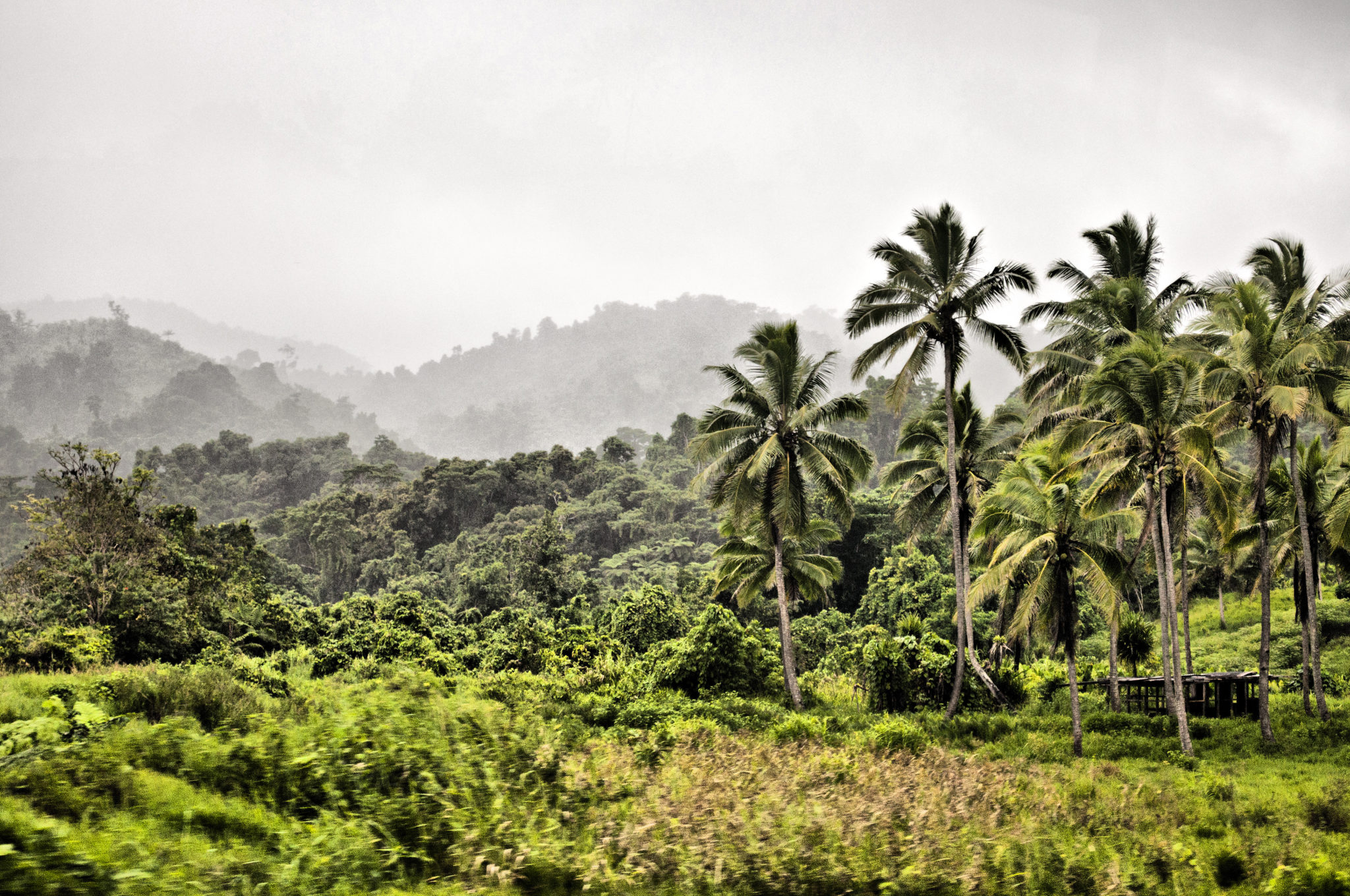
More Fiji travel advice
Food and drinks in Fiji
Fijian cuisine combines Indian and Pacific influences. Sometimes the streets smell of curry and samosa, other times of coconut sauce and fried fish.
Lovo
Traditionally, Fijian food is cooked on the ground, in an earth oven. A sandpit is created for the fire, kindled with rocks and wood. As soon as the rocks are white enough, the wood is removed. The food is wrapped in banana leaves then cooked over the fire for hours. Root vegetables and meat can also be cooked directly over the stones, then insulated with banana leaves. This method is called lovo, only employed on special occasions like weddings.
Fish
Whether cooked, fried, grilled or raw, fish is always a treat in Fiji.
Typical fish dishes:
- Ika Vakalolo: fish cooked in coconut cream with leafy green vegetables
- Kokoda: raw marinated fish or crustaceans
- Kuita Vakalolo: octopus cooked in coconut cream with onions and tomatoes
- Lairo Vakasoso: crab meat cooked with onion and spices in coconut cream, served in a coconut shell
Meat
Meat is uncommon in Fijian cuisine, often only eaten on special occasions. However, there are many Indian restaurants offering curry with lamb, chicken or beef.
Vegetarian meals
Kassavas> and taro are the main sides. The first is a root tuber that tastes similar to potatoes. The second is also a root vegetable, tasty and light. Duruka is fresher – it is similar to asparagus, and is available in April and May. Vudi Vakasoso is a great vegetarian alternative to fish – cooked ripe bananas in thick coconut cream with grated coconut flesh.
Kava & Yaqona
These are two words for the same drink – kava is the general name and yaqona the Fijian name. Sourced from pepper plant roots, it is not simply sipped but drunk in large quantities at big ceremonies. It is an acquired taste – it tastes like mud and sand mixed with water.
The typical kava ceremoy: Isevusevu
Kava is consumed at a large ceremony. The powder is put onto a cotton cloth, stretched over a wooden kava bowl called a tanoa. This is filled with water and the powder in the cloth is wrung out, producing a brown liquid that gets carefully poured into a small coconut bowl. The master of ceremonies announces when the first bowl – the bilo – can be handed out. Everyone must sit cross-legged and must not let their feet be exposed to the bowls or get up before the master permits. When it is your turn to drink, you clap your hands and shout “Bula!” – which means “life” or even just “hello” – then drink and clap three times again. The bowl is passed back with both hands, then it is the master’s turn. The drink numbs the tongue slightly, releasing inhibitions. No wonder kava ceremonies are traditionally organised when there is important news to announce. At the end, everyone can relax. Men must keep their legs crossed, while the women twist their legs to the side.
Alcohol
Alcohol is not common in Fiji – only restaurants and licenced establishments may serve it. The local beers are Carlton and Fiji Bitter. There is also the local Bounty Fiji Golden Rum and whiskey (Old Club Whiskey).

Travel costs
The costs in Fiji are much higher than other backpacking destinations like Thailand or Indonesia. There is not much budget accommodation, with many islands having only expensive resorts. Even guided tours with Awesome Adventures or Feejee Experience are overpriced. Budget travellers should expect €25-35 per day, with others expecting €45-60.
SIM card and mobile internet in Fiji:
Internet is no problem in Fiji – all resorts have WiFi connections. Easiest for anyone who would like to be online during the trip to Fiji is purchasing the SIM card at the Vodafone shop at Nadi Airport. Vodafone offers various packages: day packages cost 1,99$ and will give the user 450 MB. The maximum is 15 GB for 50$, which is included in the monthly plus package.

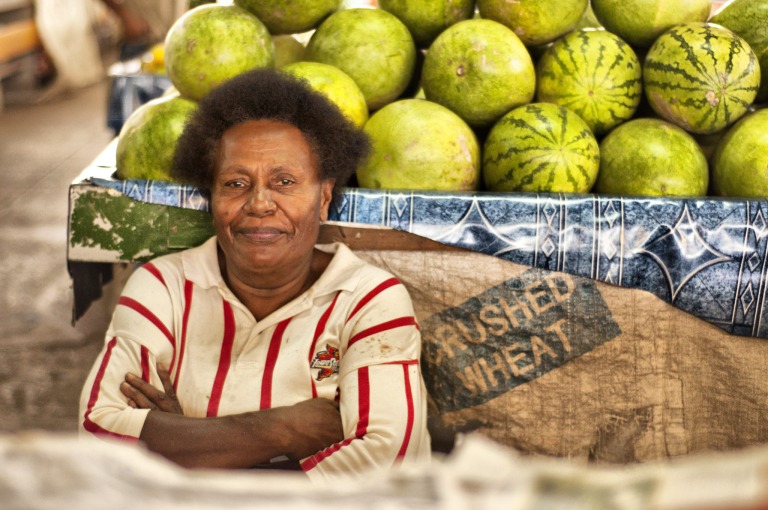
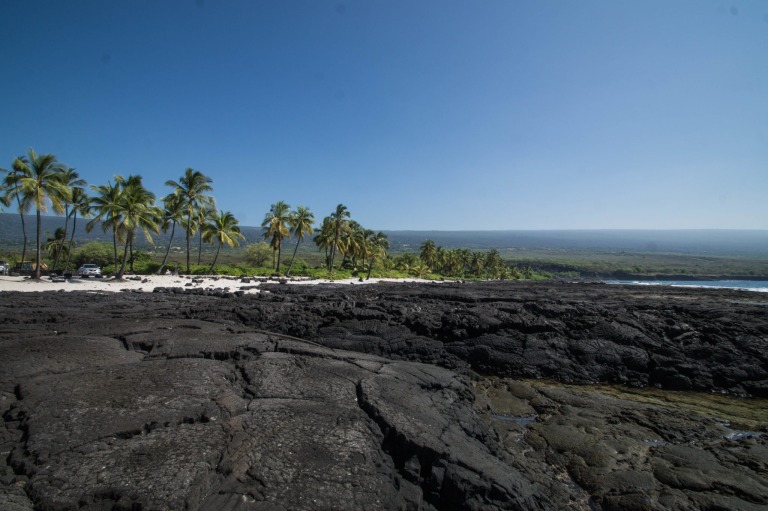

No comments yet.
Be the first to comment on this post!